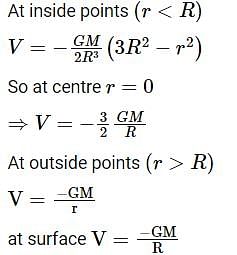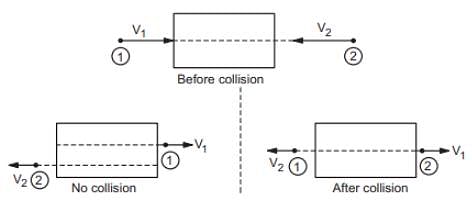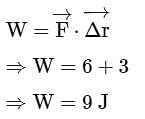BITSAT Physics Test - 10 - JEE MCQ
30 Questions MCQ Test - BITSAT Physics Test - 10
In a vernier caliper, the 9th division of its main scale coincides with 10th division of the vernier scale and each division of the main scale is 0.1 cm. This vernier caliper is used to measure the diametre of a bush which is in cylindrical shape. If the vernier scale and the main scale reading for the measurement is 8 cm and 8 cm respectively, the radius of the bush will be
A car is travelling at a velocity of 10 km/hr on a straight road. The driver of the car throws a parcel with a velocity of 10√2 km/hr when the car passes a man standing on the side of the road. If the parcel is to reach the man, then what should be the angle made by the direction of throw with the direction of the car?
| 1 Crore+ students have signed up on EduRev. Have you? Download the App |
A block of mass 5 kg is placed on an inclined plane at rest. The angle of the inclination of plane is 30o. If the minimum force of 50 N in horizontal direction is required to move the block up the inclination, then the coefficient of the friction between the block and the plane will be
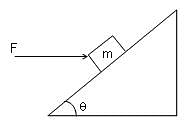

A body of mass m is moving with a linear velocity of v m/s and collides with a stationary wall elastically. The coefficient of restitution for the collision was 0.8. If after the collision, the body of mass m starts moving back on its original path and the wall remains at rest, then the return velocity of the body of mass m will be
The mass of a body is 8 kg and is sliding on a rough horizontal surface with a uniform velocity 20 m/s. Calculate the amount of heat generated in 6 seconds.
(The coefficient of friction between body and surface is 0.22 and g = 9.81m/s2)
Astronauts in a spaceship, while in space, feel weightlessness and can float into the chamber of the ship. Two astronauts in a moving spaceship in the space are at the two ends of a chamber. At time t = 0, both the astronauts jumped towards each other with a constant acceleration of 2 m/s. If the spaceship is moving with a constant velocity of 5 m/s in the direction of motion of one of the astronauts and in the opposite direction of motion of the other, then in how much time will the the two astronauts collide in the chamber?
(The length of the chamber is given to be 18 m)
A mass 2m is attached to a massless ideal spring of spring constant k. The other side of the spring is attached to an inextensible light weight string. A mass m is attached to the other end of the string and the string is passing over a frictionless pulley. At the equilibrium, what will be the extension in the spring?

An electric cart was running at a constant speed of 15 km/h in straight line. A boy jumped out of the cart midway and after 10 seconds, it was noted that the speed of the cart was again 15 km/h. If the weight of the cart with the boy was 180 kg and the weight of the boy was 35 kg, then the acceleration in cart in the 10 seconds after the boy jumped was
A ball of mass 1 kg is allowed to fall from a height of 16 m under influence of gravity only. If after the first bounce, the ball goes up to a height of 5 m, it strikes a spring of constant 5 N/m from one end. The other end of the spring is attached to a rigid support. The maximum compression in the spring due to a pure elastic collision with the ball will be
For a planet revolving around the Sun, Kepler's law of planetary motion (T is the time period of revolution and R be the radius of the orbit) is expressed as T2 ∝ R3 or T2 = KR3. For Newton's law of gravitation, the force of attraction between the two objects of mass M and m is expressed as  The value of K in terms of G will be
The value of K in terms of G will be
At a constant pressure, of the following graphs the one which represents the variation of the density of an ideal gas with the absolute temperature T, is-
Two capillaries of length L and 2L and of radii R and 2R respectively are connected in series. The net rate of flow of fluid through them will be (Given, rate of the flow through single capillary, 
A solid sphere & a hollow sphere of radius R are rolling down in inclined lane of height h. The ratio of velocities of solid sphere to Hollow sphere on reaching the bottom is:
A source of emf E = 15V and having negligible internal resistance, is connected to a variable resistance, so that the current in the circuit increases with time as I = 1.2 t + 3. Then, the total charge that will flow in first 5s will be-
A thermometer has an ordinary glass bulb and thin glass tube filled with 1 mL of mercury. A temperature change of 1°C changes the level of mercury in the thin tube by 3 mm . The inside diameter of the thin glass is (γHg = 18 × 10−5 /°C , αglass = 10−5/°C )
A thin ring of mass 5 kg and diameter 20 cm is rotating about its axis at 4200 rpm . Find its angular momentum (in kgm2 /s)?
Three rods AB, BC and BD of same length l and cross section A are arranged as shown. The end D is immersed in ice whose mass is 440 g and is at 0°C . The end C is maintained at 100°C. Heat is supplied at constant rate of 200 cal / s . Thermal conductivities of AB , BC and BD are K , 2K and K/2 , respectively. Time after which whole ice will melt is (K = 100 cal/ms°C, A = 10 cm2, l = 1 m)

A train running at the speed of 60 km/hr crosses a pole in 9 seconds. What is the length of the train?
The kinetic energy of a body is stated to increase by 300 percent. The corresponding increase in the momentum of the body will be _________%.
Under the action of a given coulombic force the acceleration of an electron is 2.5 × 1022 m/s2. Then the magnitude of acceleration of a proton under the action of same force is nearly.
The wavelength associated with a moving particle depends upon power p of its mass m, qth power of its velocity v and rth power of Planck's constant h. Then the correct set of values of p , q and r is:
If light and a heavy body have an equal kinetic energy of translation, then ________.
Two coils have a mutual inductance of 0.01H. The current in the first coil changes according to equation I = 5 sin 200πt. The maximum value of e.m.f. induced in the second coil is?
A steady current flows in a metallic conductor of non-uniform cross-section. The quantity/quantities constant along the length of the conductor is/are-
The angular speed of a motor wheel is increased from 1200rpm to 3120rpm in 16 seconds. What is its angular acceleration to be uniform?
The phase difference between two waves, represented by


where x is expressed in metres and t is expressed in seconds, is approximately-
Which of the following most closely depicts the correct variation of the gravitation potential V(r) with distance 'r' due to a large planet of radius R and uniform mass density? (figures are not drawn to scale)
Two identical spheres move in opposite directions with speeds v1 and v2 and pass behind an opaque screen, where they may either cross without touching (event 1) or make an elastic head-on collision (event 2) -
A uniform force of  acts on a particle of mass 2 kg . Hence the particle is displaced from position
acts on a particle of mass 2 kg . Hence the particle is displaced from position  to position
to position  . The work done by the force on the particle is::
. The work done by the force on the particle is::




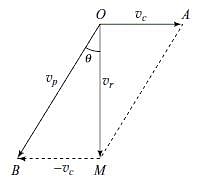

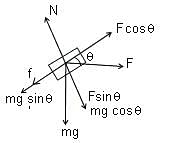
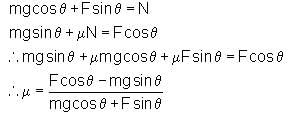
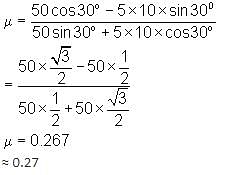




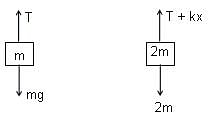
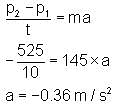

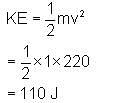


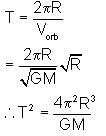





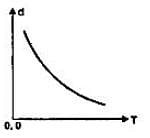



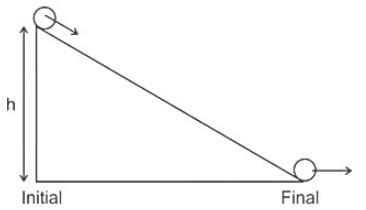
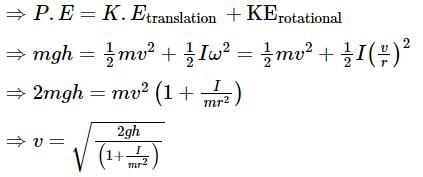





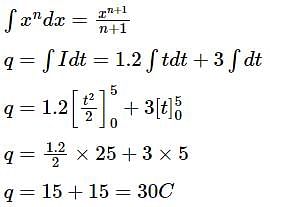
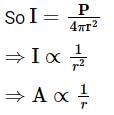
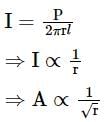
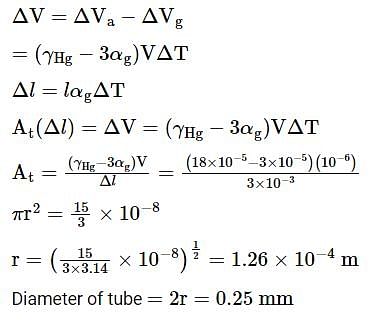

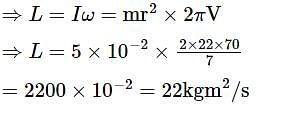









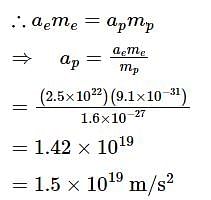
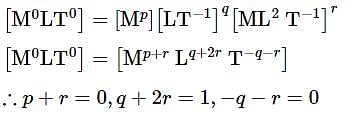



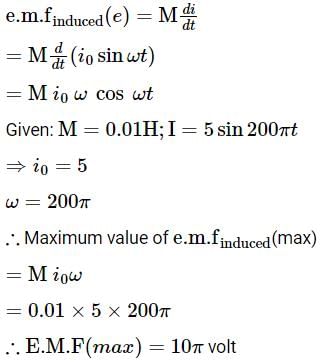


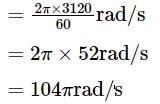

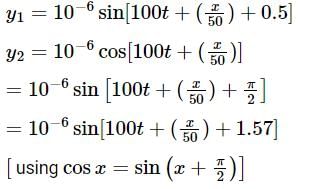
 We get the same result.]
We get the same result.]